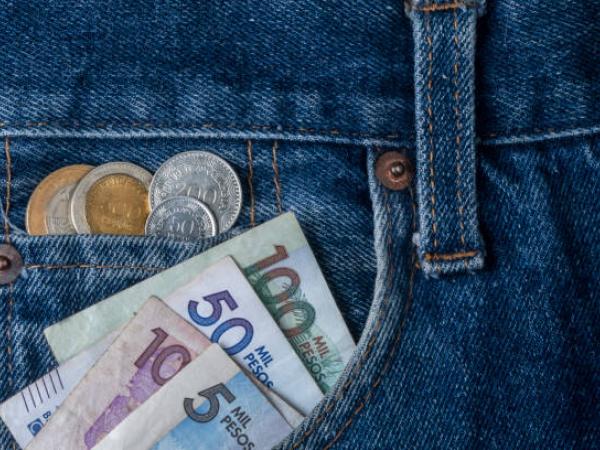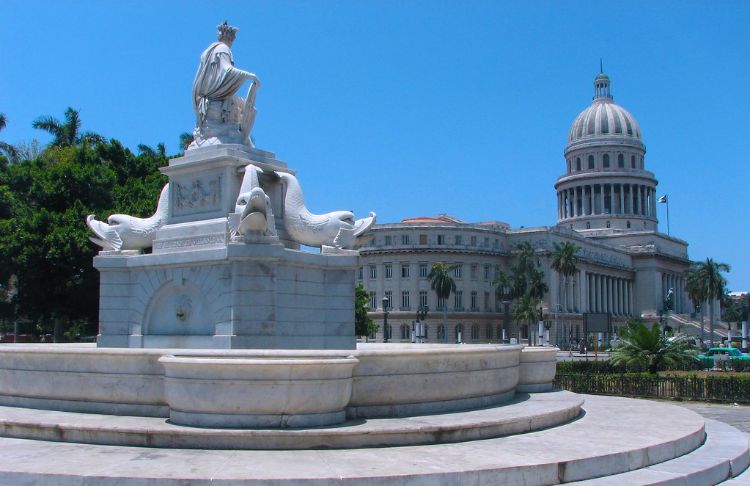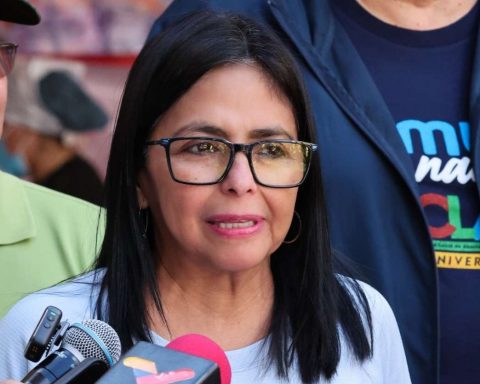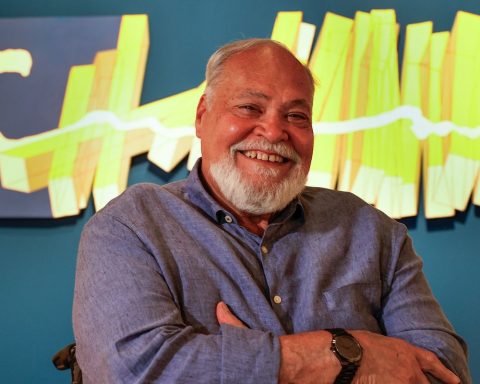The progress that Colombia achieved during the pandemic and the following year (2020 and 2021) The decrease in the use of cash, thanks to increased digitalization, seems to have stagnated if we analyze the figures that the Bank of the Republic published and that are part of the most recent (sixth) perception survey on the use of instruments for regular payments in Colombia 2024, and which was applied between October and November 2023.
Although it should be clarified that the Colombian Issuer does not make a comparative evaluation between the most recent survey and the one carried out between February and April 2022, the figures between one and the other, based on the same parameters, are telling about the evolution that it has had. the country in terms of the development of digital payment systems by the financial system, trade, advances in new technologies and industries such as fintech.
(See: Fiscal problems took their toll on health reform).
One of the most important indicators of the recent survey shows that Colombians continue to largely use cash as a payment instrument (77.8% in number and 78.6% in value).
In the survey from two years ago it was mentioned that the number was 78.4% and the value was 74.6%.
Looking at the figures, it can be seen that in numbers the decrease in Cash barely fell by 0.6 percentage points, but contradictorily, in value it even increased by 4.2 percentage points.
How much is paid in cash per day
A new element revealed by the survey just presented by the Bank of the Republic is that Colombians pay an average of $40,000 in cash daily.
(See: Three key concepts to keep in mind when buying shares).
The issuer said that the main purpose of the survey is to know the perception of Natural and legal persons in relation to the provision of cash (coins and banknotes) in the economy.
The Financial Infrastructure Monitoring Department of the Colombian central bank includes in a module of this survey questions to examine aspects related to preferences regarding the use of payment instruments (cash, transfers, cards and checks), when purchasing regular monthly goods and services, that is, Payments related to the acquisition of food, clothing and payments for public services, as well as transportation and housing.
The measurements do not include payments for luxury goods, durable goods or those generated in the financial assets market. (payment for appliances, cars, financial obligations other than mortgage loans, or purchase of shares or public debt).
And it reaffirms that the survey questions have been the mechanism to identify how the use of cash has evolved over the last decade (since 2012), which has allowed us to overcome the limits imposed by its low traceability.
The measurement was carried out by the National Consulting Center, with questionnaires from the Bank of the Republic with a sample of 4,900 surveys.2,658 to the general public (people aged 18 to 80), residents in urban areas of 51 municipalities and 2,242 to merchants in all sectors.
(See: The September effect: what it is and how it affects financial markets).
After cash, the main means of payment are electronic transfers (15.2% in number and 14.4% in value).
The majority of the population (85.7%) reports that the monthly amount of Their usual payments for goods and services are less than two monthly minimum wages.
The main reasons for the greater preference for cash are the ease and speed of payment, as well as habit. The population that has some financial product corresponds to 67.5%.
Another characteristic that the survey revealed is that there are significant differences in the use of payment instruments according to different income levels. TO mAs income levels increase, the use of cash decreases and, at the same time, The use of other payment instruments is increasing, mainly electronic transfers, followed by debit cards and credit cards.
Regions, sectors, ages and strata
Among the cities with the highest percentages of population that have some financial product are: Tunja (83.2%), Villavicencio (78%), Bucaramanga (77.5%), Bogota (76.2%), Pasto (70.7%), Monteria (68.8%), Pereira (67.9%), Ibague (67.8%), Manizales (67.7%) and Medellin (66.7%).
Among those that register the highest percentages of the population that does not have any financial product are: Cartagena (50.5%), Armenia and Valledupar (49.9% each) and Cali (42.7%).
Electronic deposits are the payment method with the highest participation among those aged 18 to 54. Those over 55 prefer savings accounts over electronic deposits and current accounts. In all age groups, debit card ownership is higher than credit card ownership.
(See: If you live abroad, can you continue paying your pension in Colombia?).
48% of the population has electronic deposit. By stratum, Those who have the most are 6 (61.5%), stratum 5 (50.1%), stratum 2 (50%), stratum 3 (48.5%), stratum 4 (47.3%) and stratum 1 (44.7%).
Regarding savings accounts, the strata with the highest holdings are strata 5 (62.9%) and 4 (59.8%), followed by strata 3 (47.9%) and 6 (47.7%), and strata 1 and 2 (40%).
According to the number of monthly sales, merchants identified cash as the instrument most used by their customers, followed by electronic transfers, debit and credit cards. By its share in the number of monthly payments, electronic transfers rank second in most channels, where acceptance is increasing. It occurs in pet stores (16.3%), cafes (15.9%), hairdressers (13.4%), restaurants (12.8%), hardware stores (12.5%), stores such as ice cream parlors, grocery stores, dairy stores (12%), minimarkets and neighborhood supermarkets (11.1%), drugstores (9.9%), bakeries (9.8%), neighborhood stores (9.2%), buses (8.7%), hypermarkets (6.7%), taxis (6.6%) and stationery and general stores (6.4%).
HOLMAN RODRIGUEZ MARTINEZ
Portfolio


















